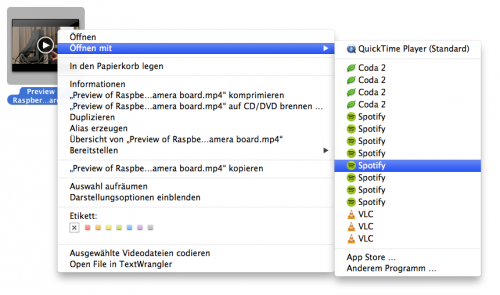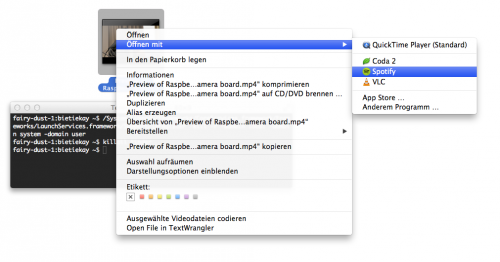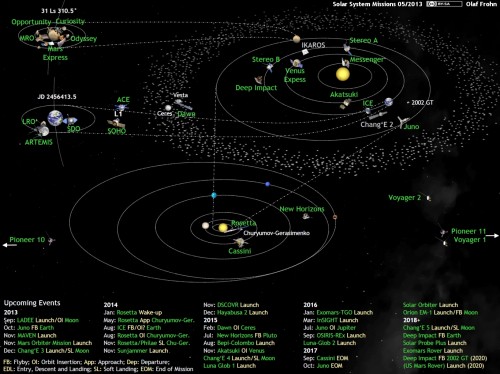Most development projects are relying on a source code repository these days to have control over the constant changes by many team members. The source code repository is therefore the complete history of a software project.
With the great tool called “gource” you can visualize it! This for example is the project a team from Rakuten Germany (where I work) worked on for the last couple of months:
[youtube]http://www.youtube.com/watch?v=sjX7Icom6k8[/youtube]
Source 1: Visualize your source-control
Source 2: Gource






